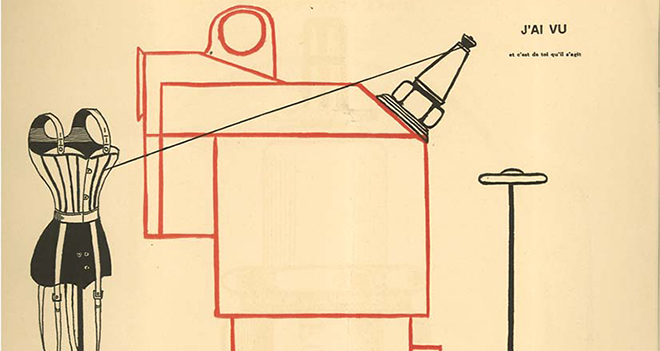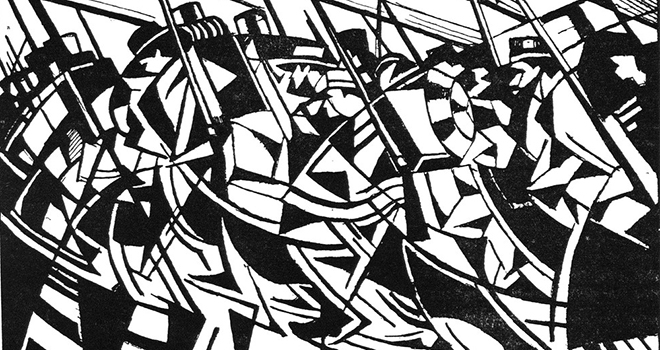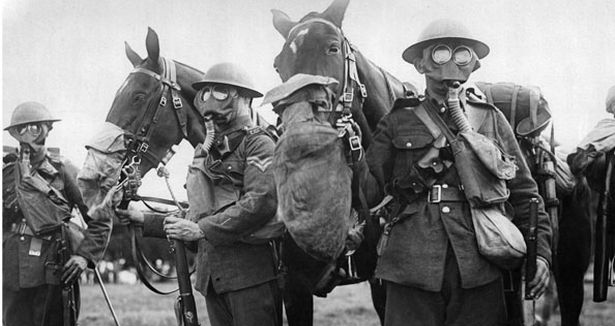Temporal disconnect
Submitted by Rebekah Chung on Tue, 04/09/2013 - 03:03What I have found most striking about To the Lighthouse thus far is—given the meticulous attention Woolf pays to individuals, their thought processes, and their interactions—just how quickly and uneventfully their deaths are passed over. Mrs. Ramsay and Prue both die within a few pages of one another, and despite the time spent in Mrs. Ramsay's head, despite the monumental sense of her importance in the keeping the family together, she disappears almost without mention. Her passing is not even mentioned as an event in and of itself, only as an afterthought when Mr. Ramsay is struck by her absence in the hallway. Prue, because she has been mentioned less in the course of the book prior to her death, does not spark such shock, but nevertheless, her death is jarringly abrupt as well, a parenthetical statement that merely happens.
This bothered me for a significant portion of the reading, but in hindsight, it makes sense in a way. The people in this story are defined by their perceptions and by the perceptions of those around them, so their deaths are, in a sense, only important so far as they affect others. We find out about Mrs. Ramsay's death through its effect on her husband, through his loss. We find out about Prue so parenthetically because, while people regret that she has been cut off so early, she has not played so integral a role in the story as some others; therefore, callous as it may be, her death is not so significant an event and does not affect as many people.
Not only does the minimal mention of character deaths force a reevaluation of the way people are considered, but it also serves to further strain the framework of time. Generally, we the time we spend on an occurrence corresponds to its importance, which lends itself to a sort of pattern by which we can asses time passed with a fair degree of accuracy; in To the Lighthouse, however, a death can happen in an word, a split second over several paragraphs, depending on the way they are perceived by the characters. The disconnect formed by that jarring time discrepancy forces the reader to pay attention, and also encourages a rethinking of what human events are really worth taking time on.



